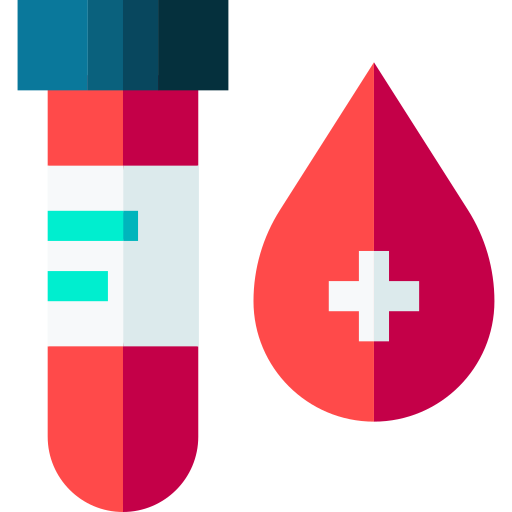
Checks how well the thyroid gland is working by measuring its hormone levels in the blood.
Measures your blood sugar level after an overnight fast. Elevated readings could be a sign of prediabetes or Type 2 diabetes
This test provides a broader picture of your average blood sugar control over the past 2-3 months, offering a more comprehensive assessment of diabetes risk.
This test measures your total cholesterol, LDL (“bad”) cholesterol, HDL (“good”) cholesterol, and triglycerides. An abnormal lipid profile increases your risk of heart disease and stroke. Early detection allows for lifestyle adjustments and potentially medication to manage cholesterol levels.
Assesses glucose levels after meals to help manage diabetes.
Provides a complete picture of blood’s health, focusing on red cells, white cells, and platelets.
Enhances the quality of samples for examining cells, primarily used in research contexts.
Regular monitoring to prevent hypertension, which can lead to serious cardiovascular problems.
Primarily used to detect liver diseases and as a tumor marker to guide cancer therapy.
Monitors and manages certain types of cancers, including colorectal, pancreatic, and breast cancers.
Typically used to monitor ovarian cancer in women but can help diagnose certain gastrointestinal cancers in men.
Helps diagnose and monitor pancreatic and gastrointestinal cancers.
Examines the characteristics of blood cells, aiding in the diagnosis of blood disorders.
Detects hidden blood in the stool, an early indicator of colorectal cancer.
Essential for prostate health screening, helping detect prostate cancer early.
This painless test records your heart’s electrical activity to detect potential heart rhythm problems or abnormalities in the heart’s structure.
Non-invasively visualizes abdominal organs, assisting in diagnosing pain, swelling, and infection.
A less invasive imaging test used to screen for colorectal cancer and polyps.

The CT scan facility provided by this clinic was exceptional. The staff was courteous, and the process was quick and efficient. I highly recommend their services.
I was quite apprehensive about undergoing a CT scan, but the team at this center made me feel comfortable throughout the procedure. The results were accurate, and I'm grateful for their professional care.
I've had several CT scans done at this facility, and each time, the experience has been consistent - timely appointments, modern equipment, and knowledgeable staff. Trustworthy service indeed!
The CT scan service here exceeded my expectations. The radiologist explained everything in detail, and I felt reassured throughout. Kudos to the entire team for their expertise and empathy.
The frequency of screenings varies:
Preparation varies by test:
Bone X-rays are essential for diagnosing fractures and assessing bone alignment, aiding doctors in developing treatment plans and monitoring healing progress. They provide detailed images of the skeletal system, helping identify abnormalities or injuries that may not be visible through other imaging techniques